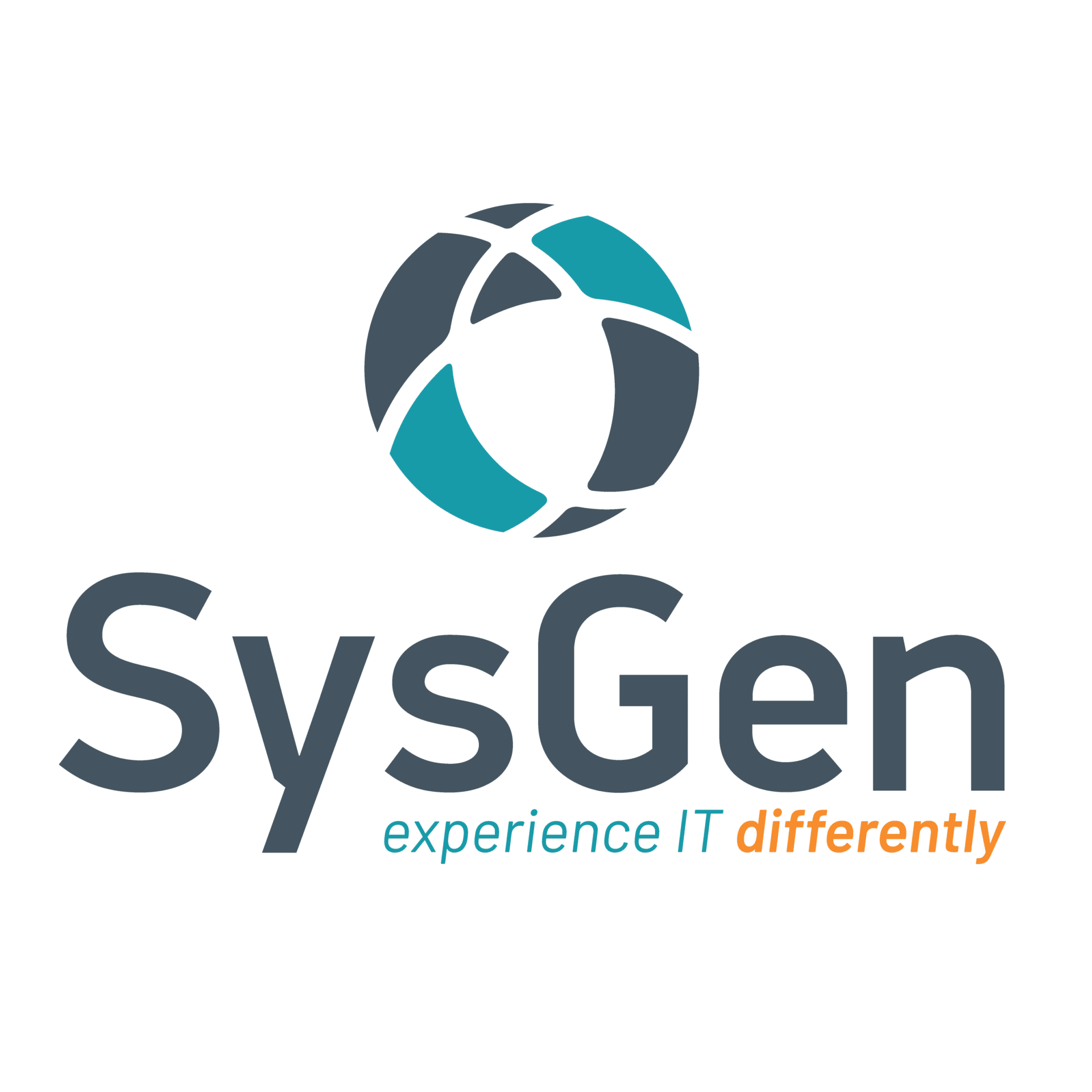Ransomware attacks have evolved from isolated incidents to widespread threats that can cripple businesses, regardless of size. Malicious attacks can encrypt valuable data and demand significant ransom payments, often in cryptocurrency in exchange for decryption keys. The consequences of these attacks can be devastating to ransomware victims; ranging from substantial financial losses, and operational disruptions, to irreparable damage to business reputation and customer trust. In this article, we will delve into the escalating ransomware threat landscape, understand ransomware, highlight recent high-profile attacks, the impacts of ransomware on businesses and their operating systems, and the importance of choosing the right outsourced talent to help you mitigate the risks of ransomware.
Table of Contents
- The Escalating Ransomware Threat Landscape
- Understanding Ransomware: A Persistent and Evolving Threat
- The Evolution of Ransomware Tactics
- Recent High-Profile Ransomware Attacks
- The Impact of Ransomware on Businesses
- Managed Services Providers (MSPs): Your Trusted Cybersecurity Partner
- Choosing the Right MSP for Your Business
- Securing Your Business Against Ransomware
The Escalating Ransomware Threat Landscape
As ransomware attacks become more frequent and sophisticated, cybercriminals continuously target a diverse range of industries, including healthcare, finance, education, and government sectors. Recent incidents have highlighted the vulnerabilities even in well-prepared organizations, underscoring the need for robust cybersecurity measures. To fully understand the current ransomware threat landscape, we must first understand the concept of ransomware, how it evolves, discuss recent high-profile attacks, and the potential implications of these attacks on ransomware victims.
Understanding Ransomware: A Persistent and Evolving Threat
Ransomware remains one of the most pervasive and damaging cyber threats facing businesses today. According to IBM, ransomware is a type of malware that holds a victim’s sensitive data or device hostage, threatening to keep it locked or expose confidential data to the general public. It operates on encrypting valuable data and demanding ransom payments, typically in cryptocurrencies, to provide decryption keys. The motivations behind ransomware attacks can vary from financial gain for cybercriminals to causing significant disruption and reputational damage to targeted organizations. Most attacks aren’t personal, but the damage to ransomware victims is still significant enough that it may feel so.
The Evolution of Ransomware Tactics
Over the years, ransomware attacks have evolved in sophistication and scale. Initially targeting individual users with relatively small ransom demands, attackers have now shifted focus to large enterprises and critical infrastructure sectors. They employ advanced techniques such as:
- Ransomware-as-a-Service (RaaS): This model allows even less technically skilled individuals to execute ransomware attacks using pre-built malware kits, often paying a percentage of the ransom to the developers.
- Double Extortion: In addition to encrypting data, attackers now exfiltrate sensitive information before encryption. They threaten to release this data publicly unless the ransom is paid, increasing the pressure on victims.
- Supply Chain Attacks: Attackers target software vendors or Managed Service Providers (MSPs) to gain access to multiple organizations through a single compromised entity, amplifying the impact of their attacks.
Recent High-Profile Ransomware Attacks
We have put together some recent high-profile ransomware attacks in recent years. This shows that ransomware attacks happen regardless of industry, and attack businesses regardless of location and size.
- National Data Center breach in Jakarta, Indonesia: As of June 2024, Indonesia’s National Data Centre, operated by the Indonesian Ministry of Communication and Information Technology, is currently reeling under a ransomware attack on its facility. The facility supports the operations of over 200 Indonesian government agencies and public services. The hackers have demanded a US$8 million ransom, which the Indonesian government has determined to refuse, as per sources.
- Fred Hutchinson Cancer Center Attack: In 2023, the Fred Hutchinson Cancer Center in Seattle was struck by a ransomware attack, and cancer patients were individually sent emails that threatened to release their personal information should they refuse to pay the ransom to protect their data.
- JBS Foods Ransomware Attack: One of the world’s largest meat processors, JBS Foods, suffered a ransomware attack in 2021, disrupting operations in North America and Australia. This incident highlighted vulnerabilities in critical infrastructure sectors.
- Kaseya VSA Supply Chain Attack: In July 2021, the IT management company Kaseya became the victim of a ransomware attack that exploited vulnerabilities in its VSA software, affecting hundreds of businesses worldwide.
- Colonial Pipeline Ransomware Attack: In May 2021, the Colonial Pipeline, a major fuel pipeline operator in the United States, fell victim to a ransomware attack by the DarkSide group. The attack forced the pipeline to shut down, leading to fuel shortages and significant economic disruption.
The Impact of Ransomware on Businesses
The consequences of a successful ransomware attack can be severe and wide-ranging, affecting not only immediate financial losses but also long-term operational disruptions and reputational harm. Financial implications can involve financial loss due to ransom payments, loss in operational costs, and damage to business reputation and business continuity.
Financial Implications
Ransom Payments: While cybersecurity experts advise against paying ransomware, some organizations may opt to pay to regain access to critical data quickly and to de-escalate the problem. Unfortunately, this may result in the cybercriminals demanding more payments and going back on their word. Businesses may experience additional financial losses if this happens.
Operational Costs: Downtime and ransomware recovery efforts can incur significant operational costs, including IT resources, legal fees, and potential regulatory fines. Downtime can also trigger a trickle-down effect that may impact business continuity.
Operational Disruptions
Business Continuity: Ransomware attacks can disrupt essential business operations and affect backup servers, leading to downtime that impacts productivity and customer service.
Reputational Damage: Public disclosure of a ransomware incident can erode customer trust and damage the organization’s reputation despite significant ransomware recovery, affecting long-term relationships and brand perception for customers.
Managed Services Providers (MSPs): Your Trusted Cybersecurity Partner
Now that we understand the potential implications and disruptions that businesses may face when they experience ransomware attacks, you might be wondering how businesses are supposed to be proactive and protect themselves. That’s where Managed Services Providers (MSPs) come in. These professionals, including our team at SysGen, offer proactive cybersecurity solutions designed to protect businesses from ransomware attacks and mitigate their impact when incidents occur.
MSPs bring specialized expertise, advanced technologies, and round-the-clock monitoring to defend against evolving cyber threats. MSPs play a crucial role in helping businesses defend against ransomware attacks and mitigate their impact. They offer proactive cybersecurity solutions and continuous monitoring to detect and respond to threats before they cause significant harm.
Here are some of the key services MSPs can provide for businesses:
- Network Security and Monitoring: MSPs deploy advanced tools and techniques to monitor network traffic, detect anomalies, and identify potential threats in real time. They use advanced intrusion detection systems (IDS) and intrusion prevention systems (IPS) to monitor network traffic for suspicious activity. Continuous monitoring allows MSPs to detect ransomware attacks early and respond promptly to mitigate potential damage.
- Endpoint Protection: Securing endpoints such as computers, servers, and mobile devices is crucial in preventing ransomware attacks from infiltrating the network. MSPs implement endpoint detection and response (EDR) solutions to detect malicious activities and isolate infected devices if necessary..
- Patch Management: MSPs can ensure that all software and operating systems are regularly updated with the latest security patches to address vulnerabilities exploited by ransomware attackers. Timely patching in the IT environment reduces the attack surface and strengthens defences against emerging threats.
- Incident Response and Recovery: MSPs develop customized incident response plans tailored to the specific needs of businesses, ensuring rapid containment and ransomware recovery in the event of an attack. They conduct regular tabletop exercises and simulations to test incident response readiness and improve response times.
- Backup and Disaster Recovery: This is the most critical defence against ransomware and is a robust backup strategy. MSPs design and manage comprehensive solutions that include regular backups, secure storage, and frequent testing to ensure data integrity and availability. Backup servers often have data stored offsite or in the cloud to protect against physical threats and ensure business continuity in the event of a ransomware attack.
The Importance of Reliable Backups in Ransomware Defense
Effective backups are your last line of defence against a ransomware victim. They allow businesses to recover encrypted or lost data without paying ransom demands, minimizing downtime and financial losses. Key features of a reliable backup strategy include:
- Regular Backup Schedule: MSPs establish automated backup schedules to ensure that critical data is continuously protected and updated.
- Offsite and Cloud Backup Solutions: Storing server backups offsite or in the cloud provides redundancy and protects against physical threats to on-premises data.
- Encryption and Access Controls: Backup data should be encrypted to protect against unauthorized access, and access controls should be strictly enforced to prevent tampering.
Choosing the Right MSP for Your Business
When selecting an MSP to safeguard your business against ransomware, you must take the time to consider the following criteria:
- Cybersecurity Expertise: Look for MSPs with proven experience in cybersecurity, including certifications and partnerships with reputable security vendors.
- Comprehensive Service Offerings: Ensure that the MSP for your business offers a full suite of cybersecurity services, including proactive monitoring, incident response, and backup management.
- Industry-Specific Experience: Seek MSPs familiar with your industry’s regulatory requirements and cybersecurity challenges. By choosing an MSP with experience in your industry sector, they can enter the collaboration with an understanding of its specific regulatory requirements and cybersecurity challenges.
- Reputation and References: Evaluate MSPs based on their track record, client references, and industry certifications attesting to their cybersecurity expertise.
- Service Level Agreements (SLAs): Review SLAs to ensure they align with your business needs, including response times, escalation procedures, and service availability commitments.
- Scalability and Flexibility: Partner with an MSP capable of scaling services as your business grows and adapting to evolving cybersecurity threats and regulatory requirements.
Securing Your Business Against Ransomware
Ransomware attacks represent a significant and evolving threat to businesses worldwide, underscoring the importance of proactive cybersecurity measures and robust backup strategies. As the attacks continue to threaten businesses and their operating systems, proactive cybersecurity measures and reliable server backups are essential for safeguarding your organization’s data and operations.
Experienced MSPs offer the expertise and tools necessary to defend against evolving threats and minimize the impact of ransomware attacks. They offer specialized expertise, advanced technologies, and 24/7 monitoring to safeguard organizations’ data and operations. By investing in robust cybersecurity defences and partnering with a reputable MSP, businesses can mitigate risks and ensure continuity in the face of cyber threats. Prioritizing cybersecurity investments, including partnering with a trusted MSP and implementing a comprehensive backup strategy, is not just a prudent business decision but a critical necessity in today’s digital landscape. By taking proactive steps now, businesses can protect themselves from ransomware threats and safeguard their future growth and success.



